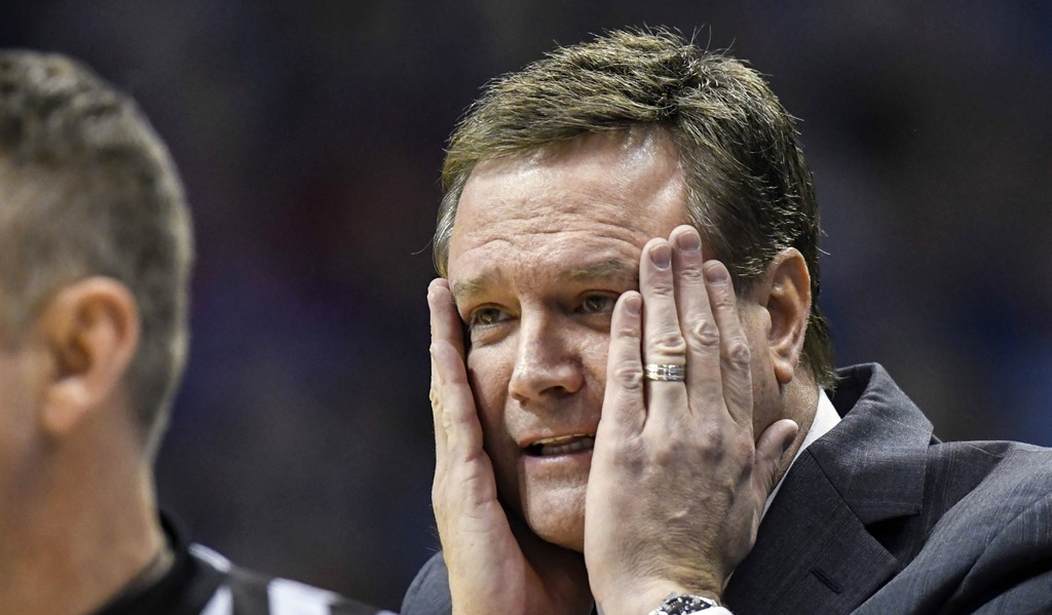Although not wholly indicative of either sport, this year’s NCAA men’s and women’s basketball championships were definite opposites both on the court and in their media presentation.
Starting with the women’s Final Four, the seedings present — three #1 and one #2 — showcased the paucity of competition in women’s collegiate basketball compared to the men’s side. There are far fewer top-flight programs, with the same schools repeatedly returning to the tournament’s final stages. Connecticut has been in the Final Four every year since 2008. South Carolina, three of the past five tournaments. Stanford, same. Louisville, two of the past five. While fun for the dominant few, when you can skip a tournament’s first four rounds and still be confident who will be left playing, it doesn’t make for must-see TV.
There was also ESPN embarrassing itself (pardon the redundancy) by falling all over itself in an attempt to simultaneously hype the tournament and make it seem like the women’s tournament is on a par with the men’s in interest. No, not really. The Final Four matchup between Stanford and Connecticut drew a respectable 3.1 million viewers. Not bad. The following evening’s men’s game between North Carolina and Duke? 16.3 million. Math isn’t hard.
Also, consider the championship games themselves. On the women’s side, South Carolina dominated Connecticut from start to finish, winning 64-49. The game ended peculiarly. Connecticut had the ball, but with less than ten seconds left on the clock, laid it down on the court and walked off before the final buzzer. Meanwhile, the men’s championship game was compelling to watch from beginning to end. North Carolina raced out to a 15 point halftime lead. However, Kansas set an NCAA record for the biggest halftime deficit overcome in championship game history, fighting back to take a 72-69 win that was in doubt until the last second when a desperation Tar Heels three-point try fell short of the mark. North Carolina also had injury woes derail their chances. Still, it was terrific to watch (unless you’re a North Carolina fan).
Much furious ink has been spilled the past several days over how Things Will Even Out once the current TV contract covering the women’s tournament runs out in 2024.
Currently, the women’s basketball tournament is part of a television package that includes 28 other championships and pays out a mere $34 million a year.
Meanwhile, the NCAA’s deal with CBS and Turner for the men’s tournament that started at an average of $770 million per year with a 2016 extension that will bring that per-year average to $1.1 billion in 2025.
Um, sure. Can we look at attendance? The men’s final game drew 69,423. The women’s? 18,304. And before anyone screams “unfair comparison” because the men’s game was at the Superdome in New Orleans and the women’s was at the Target Center in Minneapolis, the Superdome was sold out. The Target Center was not.
You can’t have it both ways. You cannot simultaneously erase women from sports and proclaim them as equals. You also cannot force people to like and watch any sport. That has been tried in this country since the 1970s with soccer, and while it has gained a toehold over the past fifty years, no one puts MLS on the same level as the NFL, MLB, NBA, or NHL. People prefer watching men’s college basketball over women’s and men’s professional basketball over women’s. Period. After this year’s NCAA championship games, it’s easy to understand why.















Join the conversation as a VIP Member